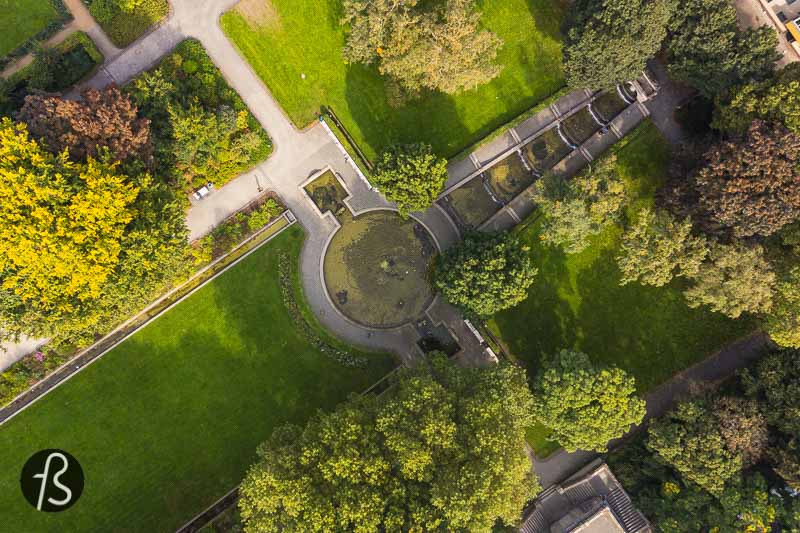I moved to Neukolln back in early 2012, and since then, I have been taking pictures of the neighborhood. Some people would say that I take too many photos of the area! After a bar conversation about the hidden beauty of where I live, I decided it was time to share my favorite places. These are the best photo spots in Neukolln according to me.
But first, let me introduce you to Neukolln before you go to the streets with your camera. Neukolln is one of the twelve boroughs of Berlin, and it used to be part of the city’s American sector after the Second World War. Most people didn’t want to live there because the northern part of the neighborhood was stuck between the Berlin Wall and the American Military Base at Tempelhof.
Because of this immigration to the area happened to be from Gastarbeiter, who came from Turkey and Arabic countries. This can be seen on the streets of Neukolln today, where almost 40% of the people living there are of non-German ethnicity, including me.
When I moved to Neukolln, most of the people I knew then mentioned that my move was a mistake. But I have to say that they were more than wrong.
I love walking around Rathaus Neukolln and seeing people going in different directions on the streets. But I’m not here to talk about people; I’m here to show you the best photo spots in Neukolln.
But if you’re looking for something around Berlin, I have a post about our favorite photo spots in Berlin.

Sunsets at East Tempelhofer Feld
Most of Tempelhof is located outside Neukolln, but the area around Oderstraße differs. From there, you can see the end of both runways and imagine how noisy it used to be when the airport was still active. Tempelhofer Feld was a parade ground when the military was the center of society in Prussian times. When the troops left the area on weekends, people from the surrounding areas would get together and enjoy the weather, doing picnics and having fun.
This changed in the 1920s when an airport started being built. During Nazi times, the airport was called Zentralflughafen Tempelhof-Berlin, and it was part of the Albert Speer plan to make a world capital named Germania. During the Second World War, there were slave work camps on the outskirts of the airport, and it was the main airbase in Berlin.
After the end of the war, Tempelhof Airport became the American Air Force base in Berlin, and it was one of the main points of arrival for supplies during the Berlin Airlift.

In November 2008, the last airplanes left Tempelhof, and it was time for the area to become something new. In May 2010, Tempelhofer Feld was opened to the public as Berlin’s largest public park.
I live in Neukolln and work around Südkreuz, so Tempelhof is around my way to the office, and most days, I just take my bike through the park to avoid cars and traffic lights. Most of the time that I cross the park, I find myself wondering how amazing it is to be able to cycle over an airport that was around most of the historical events of the last century.
When I read the end of the landing strips when I’m cycling home, I always look back at the sunset over Berlin, and this is why I consider Tempelhof to be one of the best photo spots in Neukolln. It’s an open field where you can see the horizon turning orange and Berlin turning on the lights before you. Also, it’s a great place for barbecues!
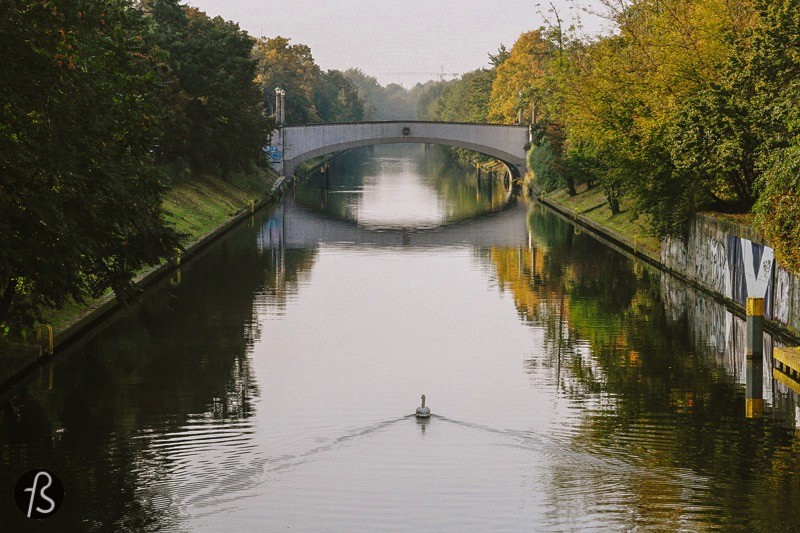
The Beauty of Landwehr Canal and Neukollner Schiffahrtskanal
The Landwehr Canal, also known as Landwehrkanal in German, is almost 11 km long, and it runs parallel to the Spree River. It was built between 1845 and 1850, and it connects the Eastern Harbour to the lower part of the Spree in Charlottenburg.
The canal starts in the Spree River, splitting Friedrichshain and Treptow. From there, it goes straight until it meets the Neukollner Schiffahrtskanal in an area between Neukolln, Kreuzberg, and Treptow. From there, there are two canals: the one going north is the Landwehr Canal, and the one going south is the Neukollner Schiffahrtskanal.
Both of them are amazing pictures, as you can imagine. At the Kottbusser Brücke, you can see the always nearby swans and enjoy the Maybachufer market. When you go south, you will reach Thielenbrücke, my favorite bridge over the Landwehr Canal. On one side, you can see the green trees leading towards Kreuzberg. On the other hand, you have a larger pool where both canals meet.
It is always gorgeous and a lovely place to have some beers by the water.
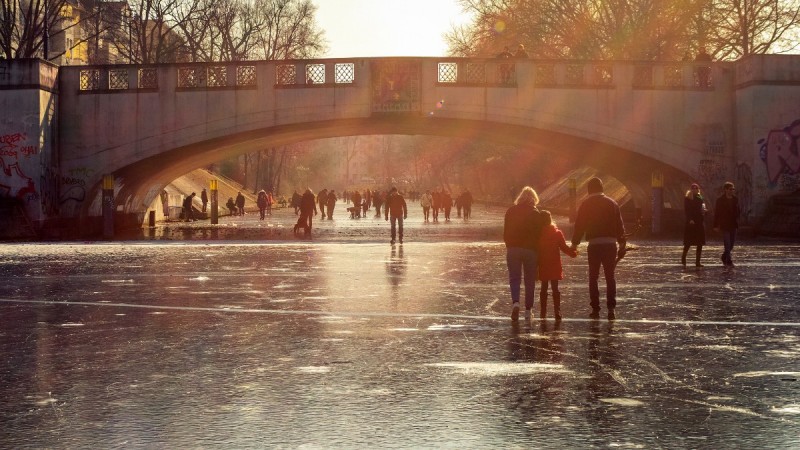
When you go south on Kottbusser Brücke, there are fewer people on the streets, and the canal becomes something that feels more private. Personally, this is my favorite part of any waterway in Berlin. And I also have favorite bridges there. Too bad it might be the only one without a name. It’s a small pedestrian bridge from Innstraße to Elsenstraße, and the view from both sides there is beautiful.
On one side, you have the green northern part of Neukolln and, on the other hand, you have the industrial side of the neighborhood. Something that most people don’t even know about Neukolln.

The Fountain at Von der Schulenburg Park
The Von der Schulenburg Park is a small park south of the Ringbahn that is easily reachable if you follow Sonnenalle south. After all the construction work, you will find a large green spot on your left side; this is the park you didn’t know you were looking for.
I discovered this park a few years ago while looking for historical constructions around Neukolln. One of these ancient buildings wasn’t a proper building; it was a fountain, and I had to go there to see what this was.
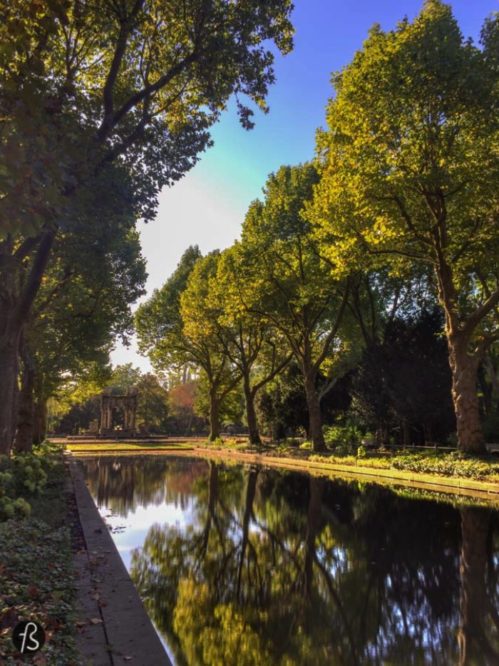

Called the Symbol of the Forest Dome, this fountain is an art nouveau piece created by Ernst Moritz Geyger a little bit before the First World War. In 1934, the piece was finalized and transferred to Von der Schulenburg Park, which is the main attraction of this small park.
Most people wouldn’t even consider the Von der Schuwouldn’tPark as a place to visit in Neukolln, but I love the area so much that I often bring friends visiting Berlin for a walk there. Just because, for me, this is one of the best photo spots in Neukolln. And the images here can be the proof.
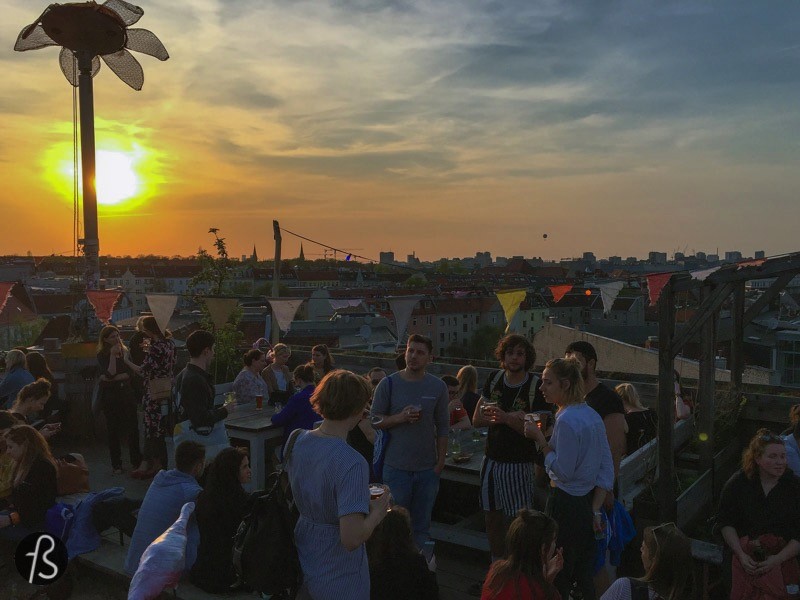
The View from Klunkerkranich on top of Neukolln Arcaden
Before there was Klunkerkranich, I used to go to the top of the parking lot over Neukolln Arcaden. My idea was to take pictures of the city from one of the tallest buildings in the neighborhood. Everything changed around 2013 when a bar took over the area that I used to photograph.
This bar is called Klunkerkranich, and it has the best view of Neukolln you can have. From there, you have a magnificent panoramic view of Berlin, and the TV Tower is there, in the distance, looking back at you.
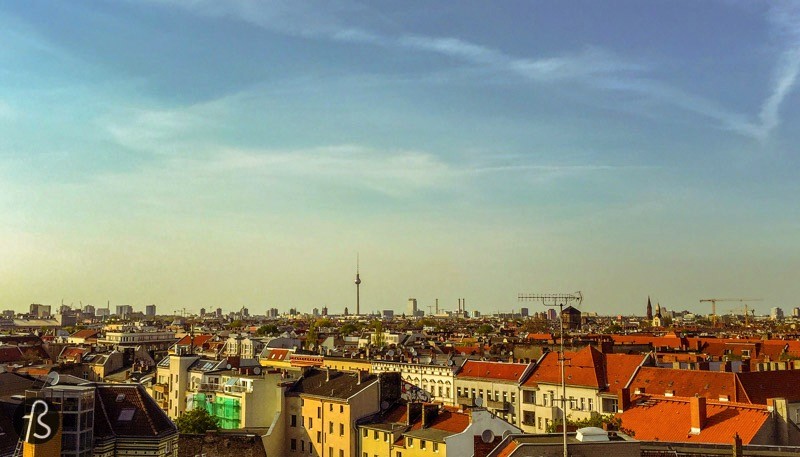
Personally, this is the only place in this list of the best photo spots in Neukolln that I usually avoid. Mostly because it’s always crowded, the drinks are more expensive than they should be, the food is boring and, depending on when you go there, a long queue will be waiting for you.
But the view is fantastic, and it’s easily one of the best photo spots in Neukolln. Too bad it’s what it is.
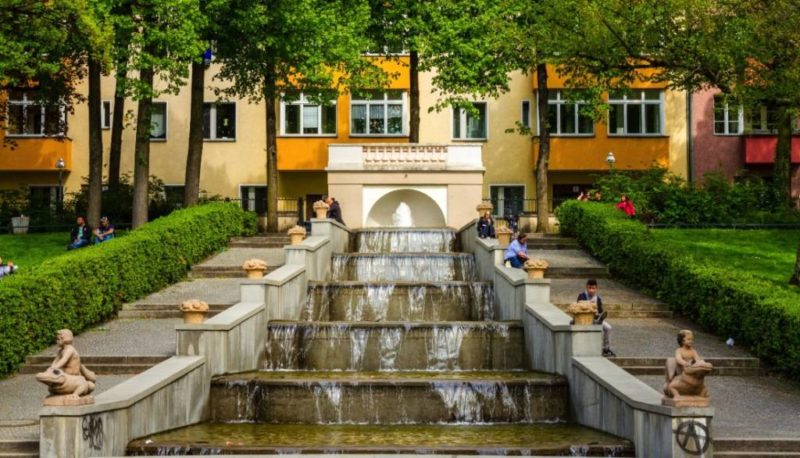
The Hidden Secrets of Körnerpark
Körnerpark looks like a palace garden, but there has never been a palace in this part of Neukolln. Before it was a park, the area used to be a gravel pit, and back in 1910, its owner decided to donate it to the city. At that time, there wasn’t Neukolln on any map. This part of Berlin was a different town called Rixdorf, and the owner was a guy named Franz Körner.
Between 1912 and 1916, the park was built following a Neo-baroque style. The idea was to create an adorned visual and encourage the development of the surrounding neighborhood. This is why Körnerpark looks so beautiful today.

I love spending some lazy summer afternoons sitting on the grass and having a cold beer. There are two small water canals on each side of the grass, and they help out really well on the warmer days and make it easier to take pictures around the area. Mostly because they frame the green space perfectly.
If you are walking around Neukolln, between Hermannstrasse and the S-Bahn Neukolln, look at the map at the end of the post and find one of the best photo spots in Neukolln. We’re looking forward to seeing the pictures you will take there.
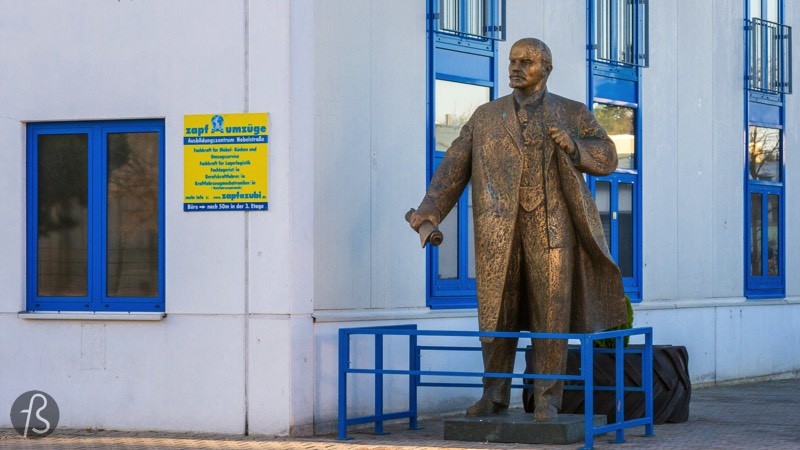
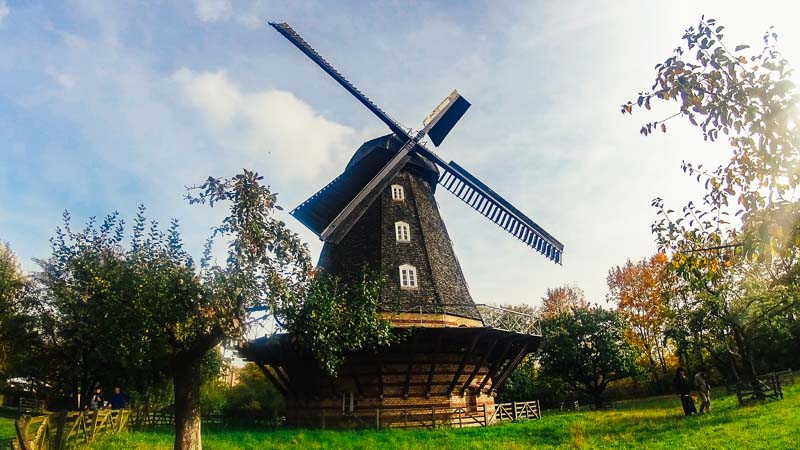
But Neukolln is more than just the northern part of the neighborhood. When you leave south and cross the Ringbahn, a new piece of the city will be presented. There, you will find the architectural beauty of Hufeisensiedlung, the only UNESCO heritage site in Neukolln, and the skyscrapers of Gropiusstadt.
In the southern part of Neukolln, you will also find the only statue of Lenin in what used to be West Berlin and the still working windmill called Britzer Mühle. Close to it, you can find the natural beauty of Britzer Garden, and there is no way you will not fall in love with all the plants and flowers from there.
If you go even further south, the best photo spots in Neukolln become more natural places like the Rudower Höhe, a scenic park built where the Berlin Wall used to be. Following the Berlin Wall track, you will find one of the tallest “mountains” in Neukolln: Dörferblick. You will have a beautiful view of Berlin and the surrounding villages from there.
Also, from there, you can look at BER and Schönefeld Airport!
